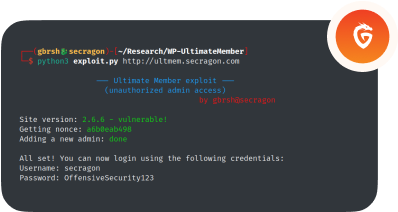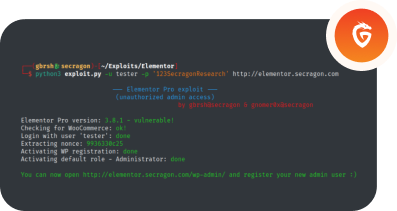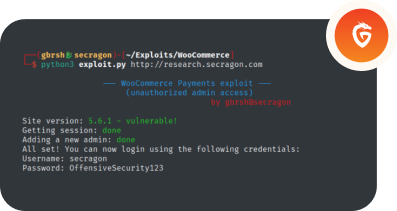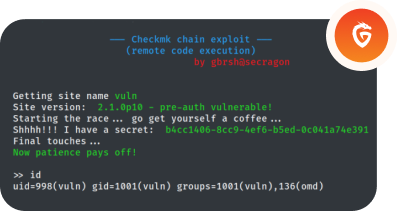Insights into how mature security organizations measure and demonstrate ROI in offensive strategies.
Beyond the common drivers— compliance and data breach prevention— perhaps the most significant reason for penetration testing is the added value and substantial return on investment (ROI) it provides, often exceeding stakeholders’ expectations.
Your company spends a whole lot of money on cybersecurity products, services & solutions. Is your investment paying off? Which InfoSec programs should your company fund? How does Penetration Testing really benefit your security program?
Linking cybersecurity investments to tangible bottom-line impacts that define and demonstrate the full ROI in cybersecurity products, services & solutions has always been challenging. Security professionals have different measures of ROI than CFOs or CEOs. It is important to understand these differences and provide metrics that are meaningful to all stakeholders, not just in technical terms, but also through a financial lens. Metrics, aggregating various measurements, address precise business inquiries, often presented as ratios or percentages. They help teams track progress, quantify value and return, set relevant performance indicators, allocate resources, shape strategies, make the business case for funding, and demonstrate Cybersecurity Program Maturity.
So where do we begin? Here are 5 KEY Metrics to Communicate the ROI of Penetration Testing:
- IMPACTS OF SEVERE RISKS: Evaluate the potential financial impacts of major vulnerabilities, using systems like CVSS and DREAD to quantify risks in monetary terms.
- VULNERABILITY DENSITY TRENDS: Monitor the number of vulnerabilities per unit of code over time to identify improvements or deteriorations in your security posture.
- OPEN vs. REMEDIATED VULNERABILITIES RATIO: Assess the efficiency of your vulnerability management by comparing the number of identified versus resolved vulnerabilities.
- REMEDIATION EFFORT COSTS: Quantify the costs associated with vulnerability remediation, considering the expenses at different stages of development.
- SECURITY PROGRAM MATURITY: Measure the evolution of your security program’s maturity over time through the integration and effectiveness of penetration testing within your overall cybersecurity strategy.








